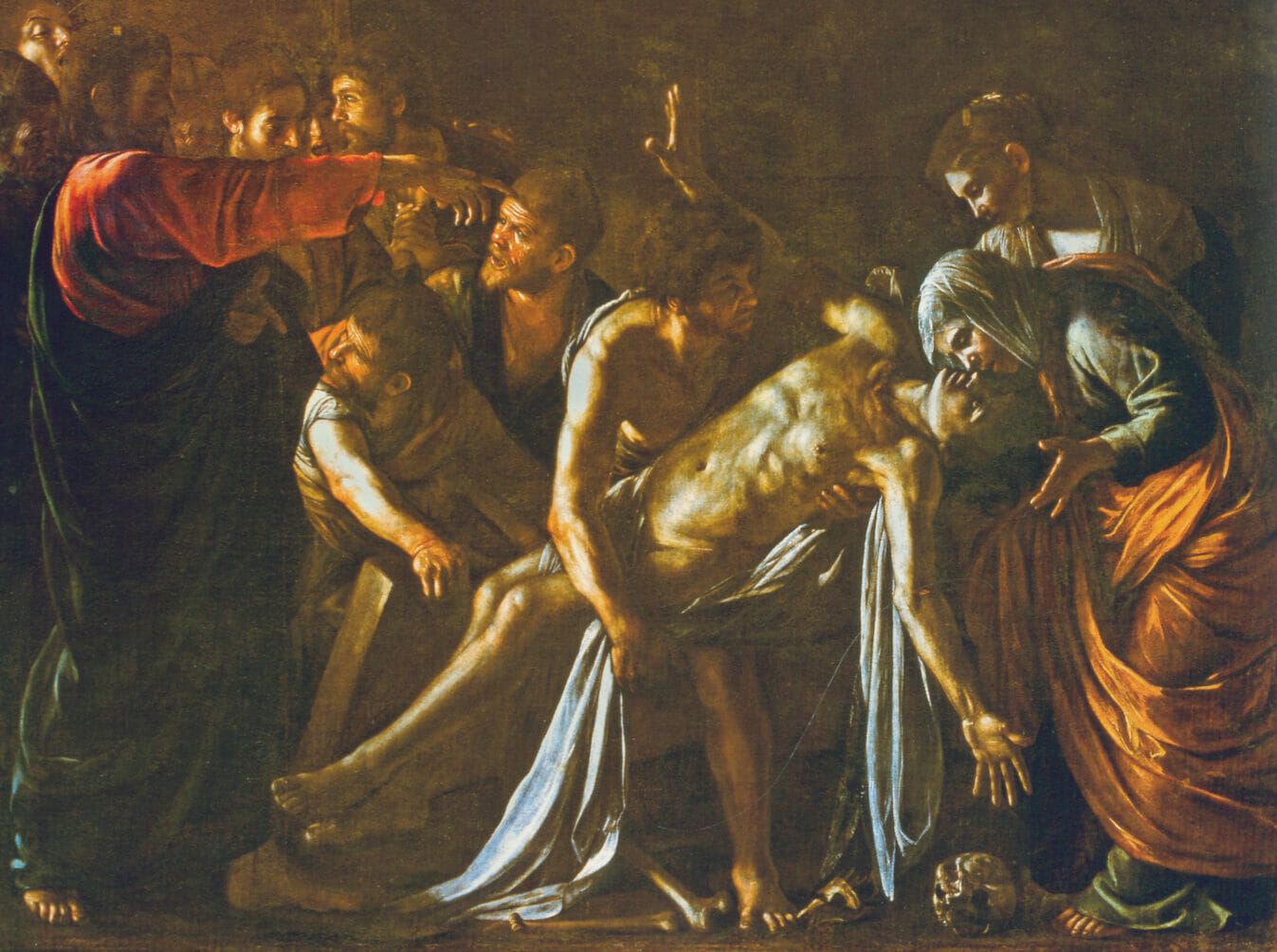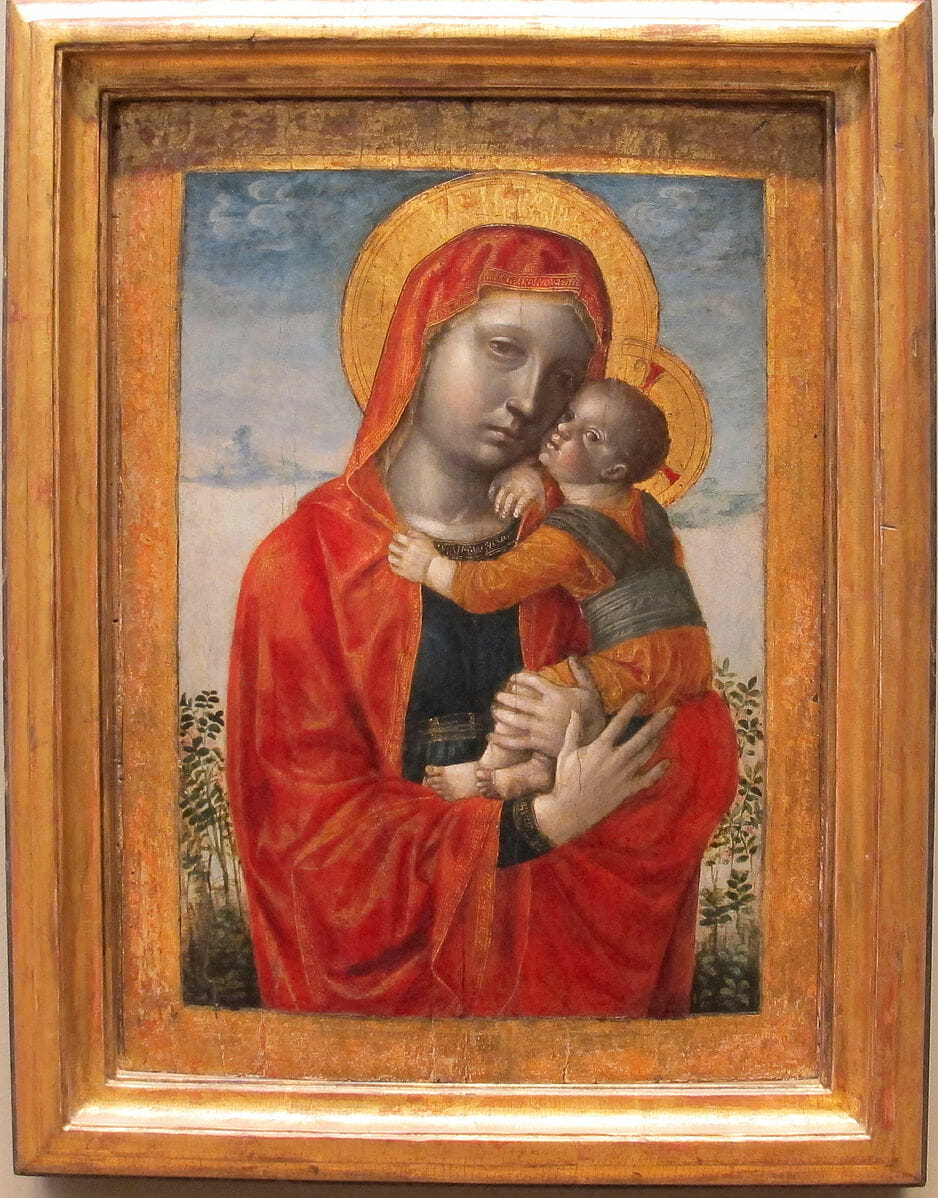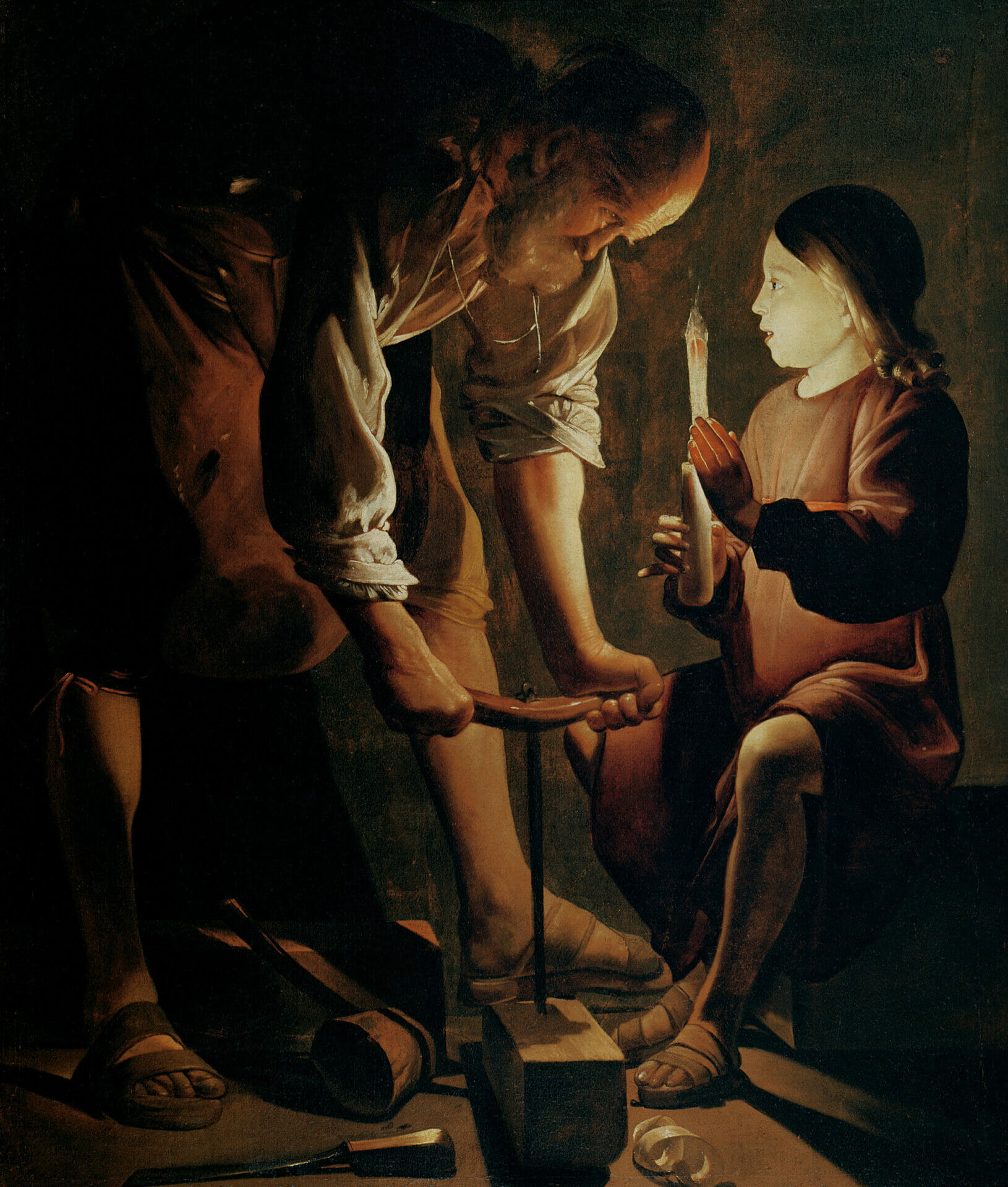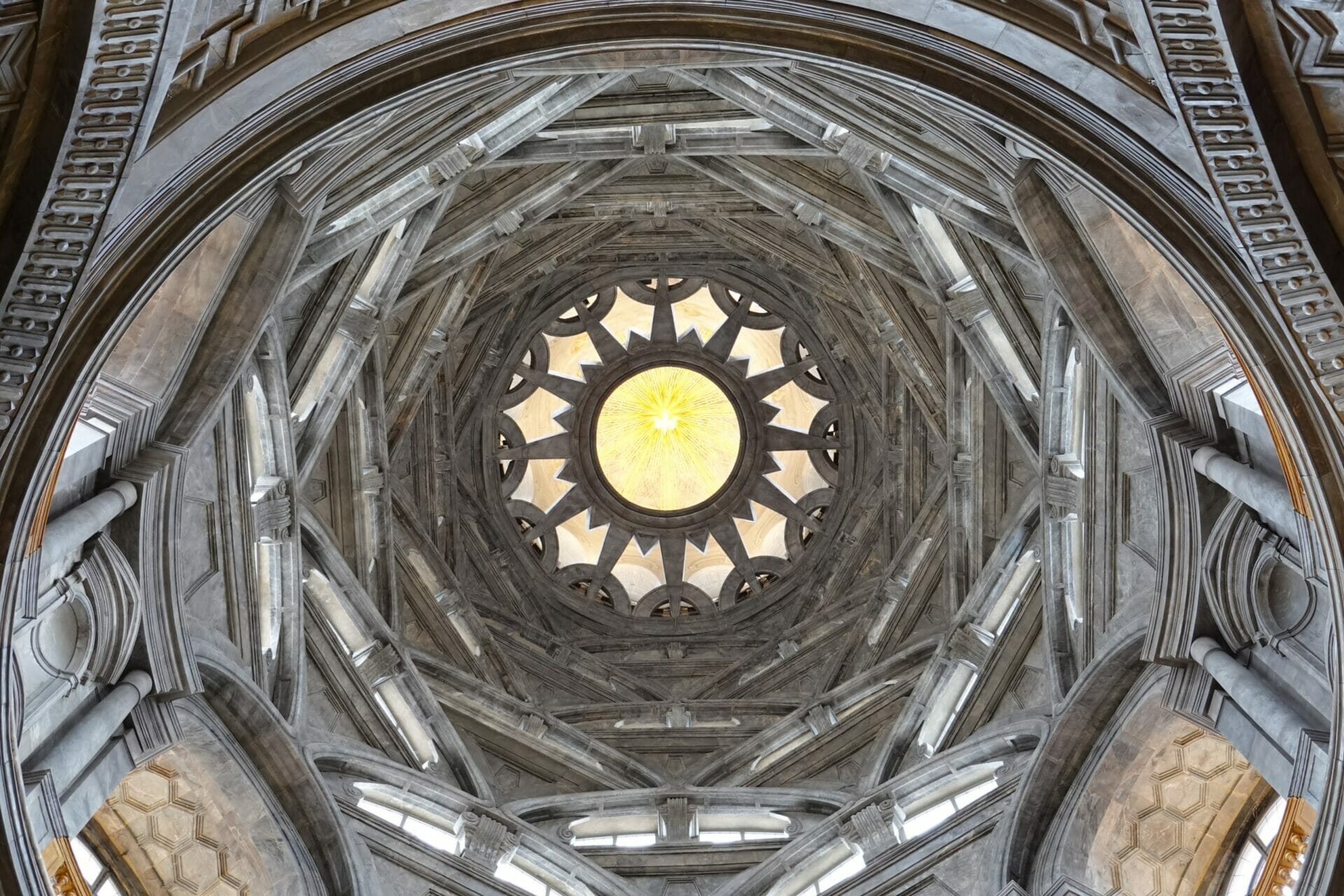
The Chapel of the Holy Shroud is a journey towards the light
Artist
Year
Country
Format
Material/Technique
Camillo Guarino Guarini was not the first to work on a project on the Chapel of the Holy Shroud. Before him, the Savoys had commissioned Carlo and Amedeo Castellamonte and Bernardino Quadri. But finally, they entrusted it in full to the architect-priest Guarini, who used it as an outlet for all of his devotion, imagination, ingenuity, and ardent love of architecture.
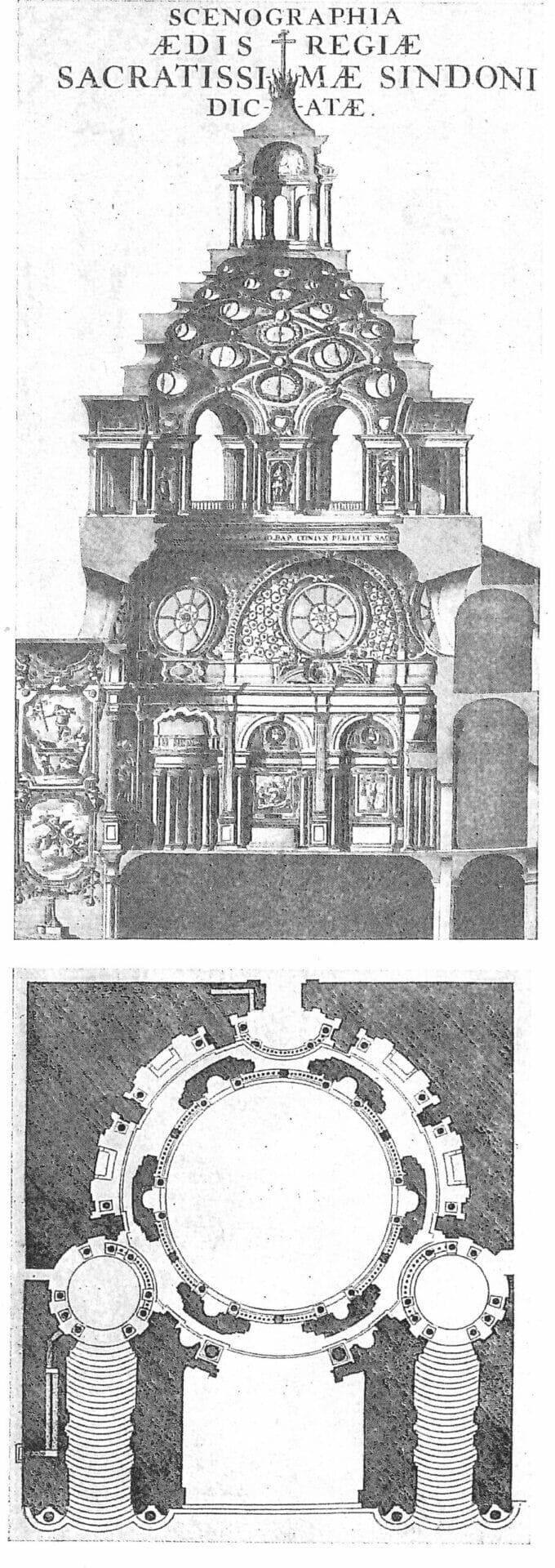
The chapel is located between the apse of the Dome of Turin and Palazzo Reale.
A towering house of cards
From the outside one can appreciate only the conically shaped lantern, vaguely Asian in design, dotted with small urns that bring to mind the “pseudo-sepulchral” function of the structure.
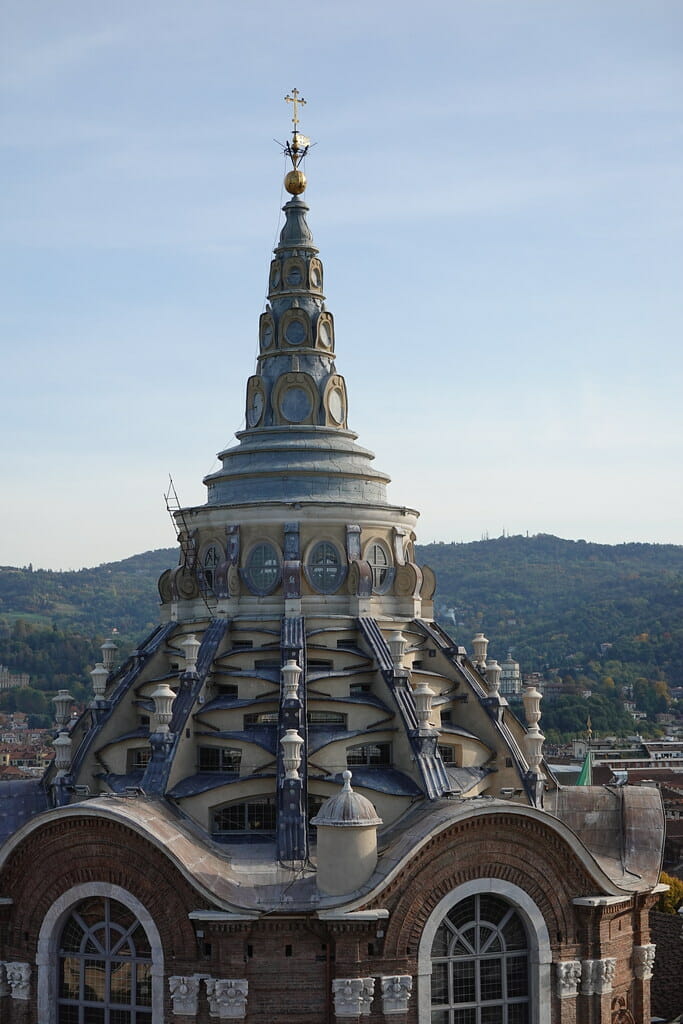
The interior, on the other hand, develops an immersive and experiential journey starting from two lateral portals at the high altar of the Dome. Here appear two flights of low steps, made from the same black marble as the walls and vaults. The stairs arrive at two vestibules, both black as well, opening onto the circular plan of the chapel. This is composed of five chapels, but what is most noticeable is the change in color.
A theatrical impact on the viewer
One enters into a gray space that becomes lighter and lighter as the gaze raises towards the cupola’s internal summit, which consists of a succession of six registers of arches becoming progressively smaller. They result in a telescopic effect that creates the illusion of stretched dimensions of the lantern. The impression is that of finding oneself in a towering house of cards.

The journey from the earthly realm’s darkness towards the extraordinary light that glares through the cupola’s windows is highly symbolic. With his Chapel of the Holy Shroud, Guarini demonstrated his esteem for gothic architecture, which his contemporaries then denigrated. Furthermore, he declared his allegiance to the renewed architecture that took inspiration from Francesco Borromini. Unlike the Maestro, however, Guarini bends architecture to his own taste, favoring, as R. Wittkower says, “intentional incongruities and surprising dissonances.”
Tag
Buy a ☕ for Hypercritic







